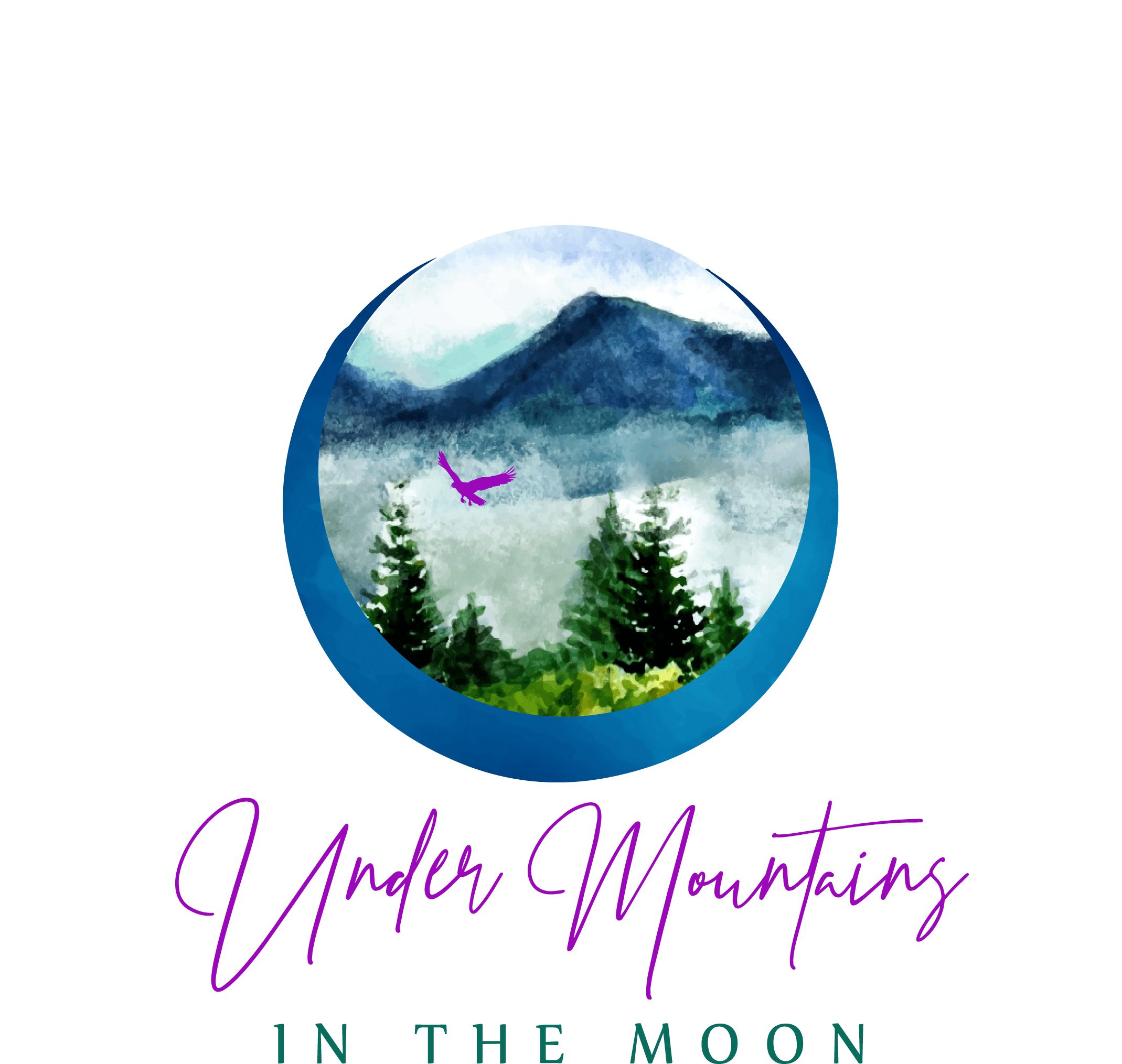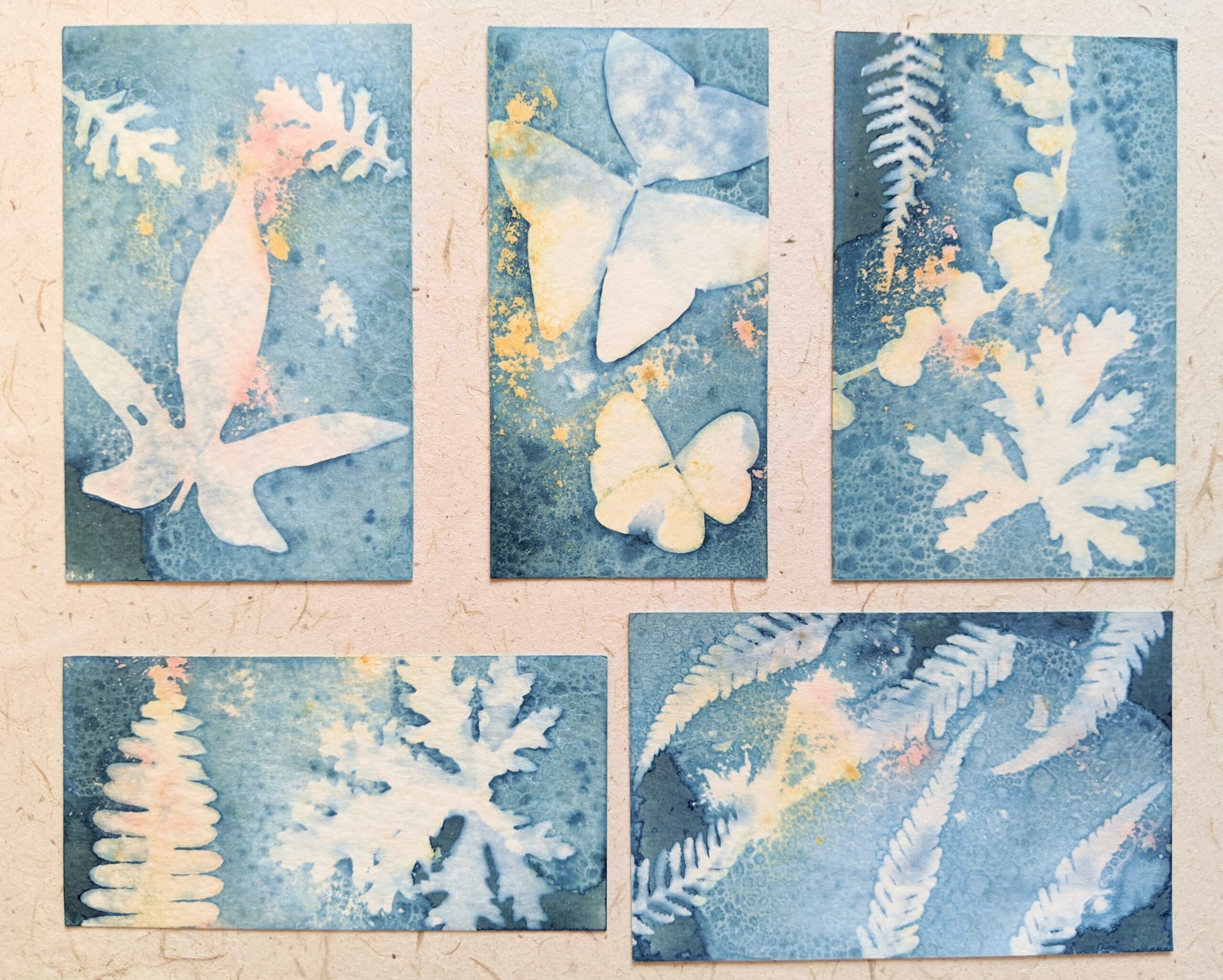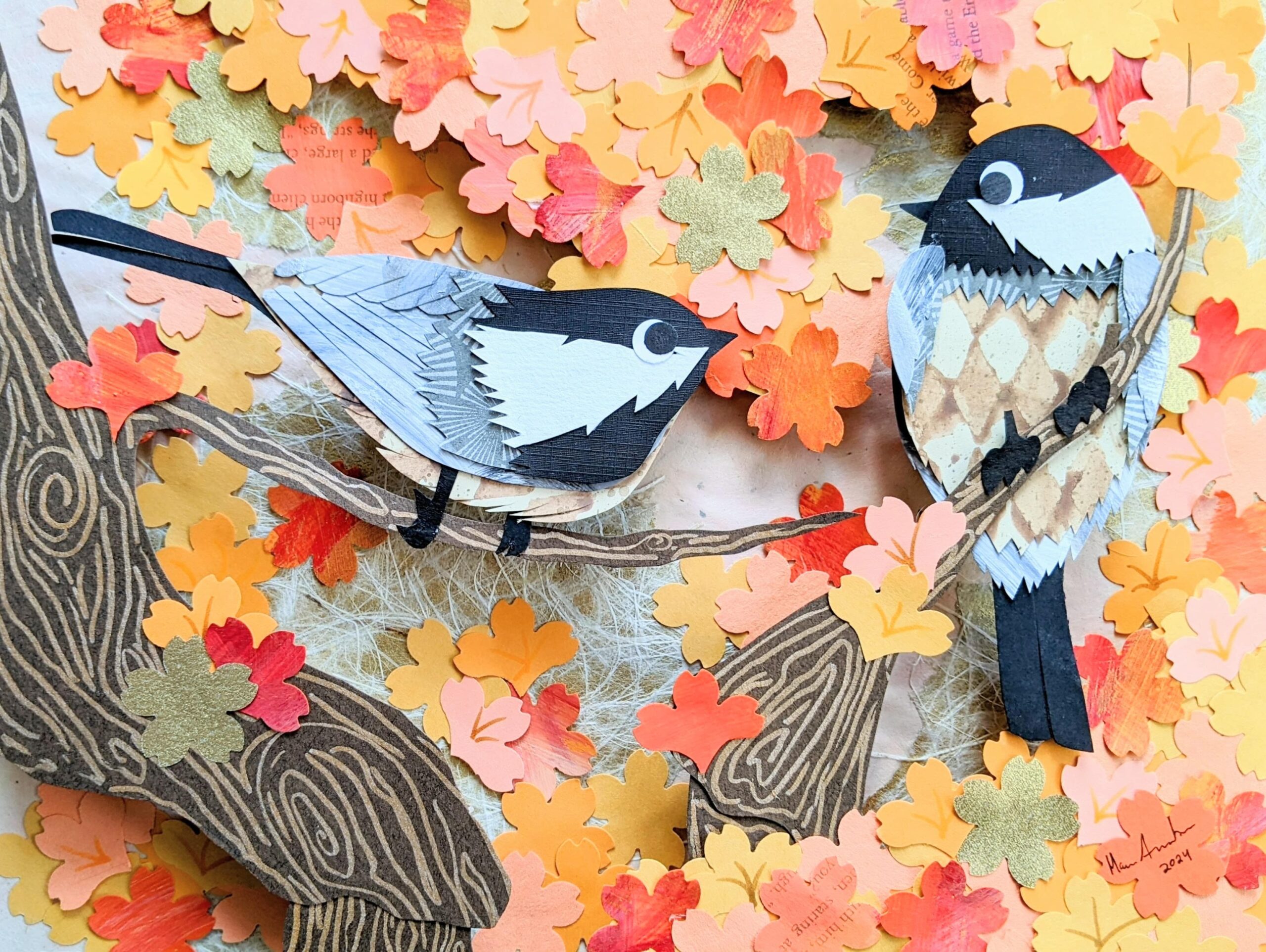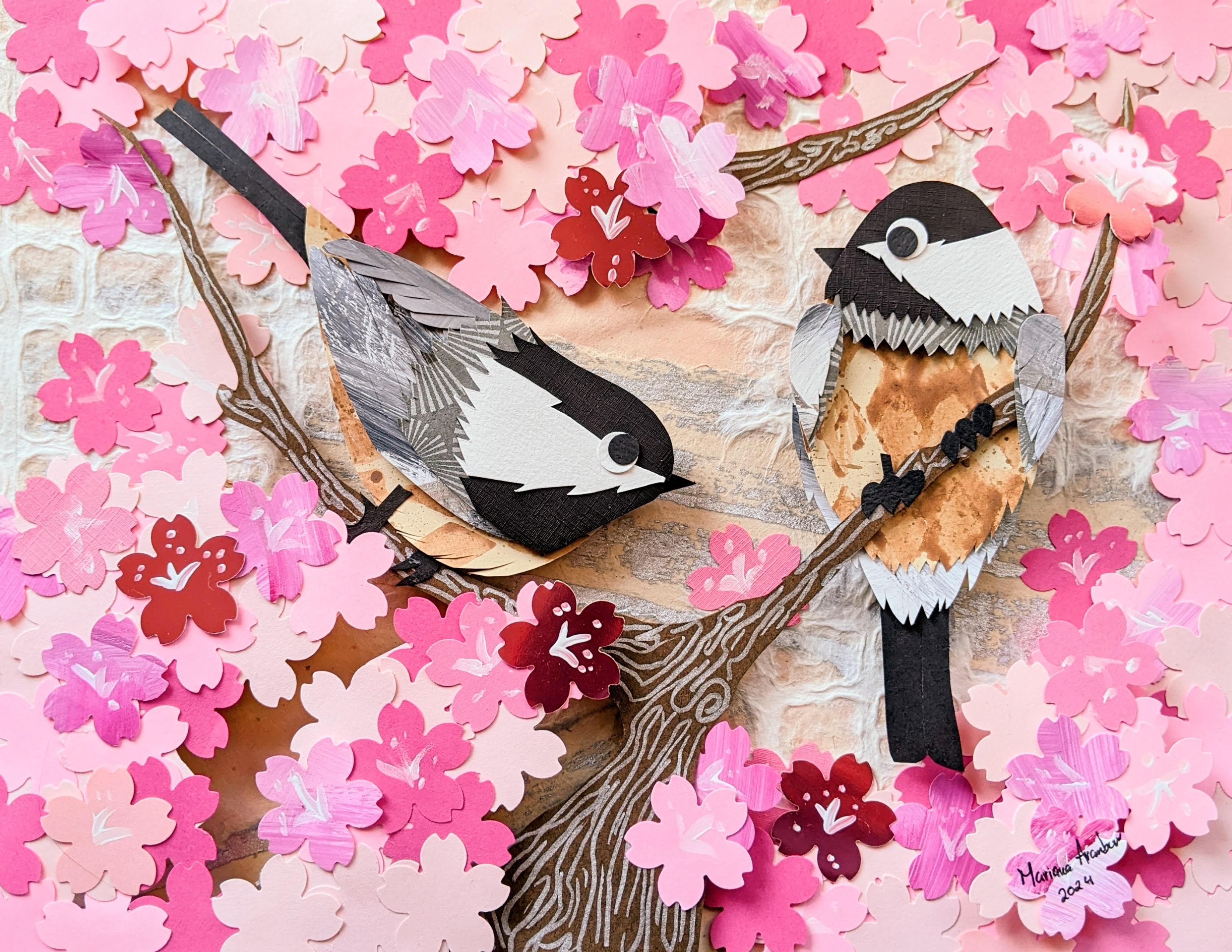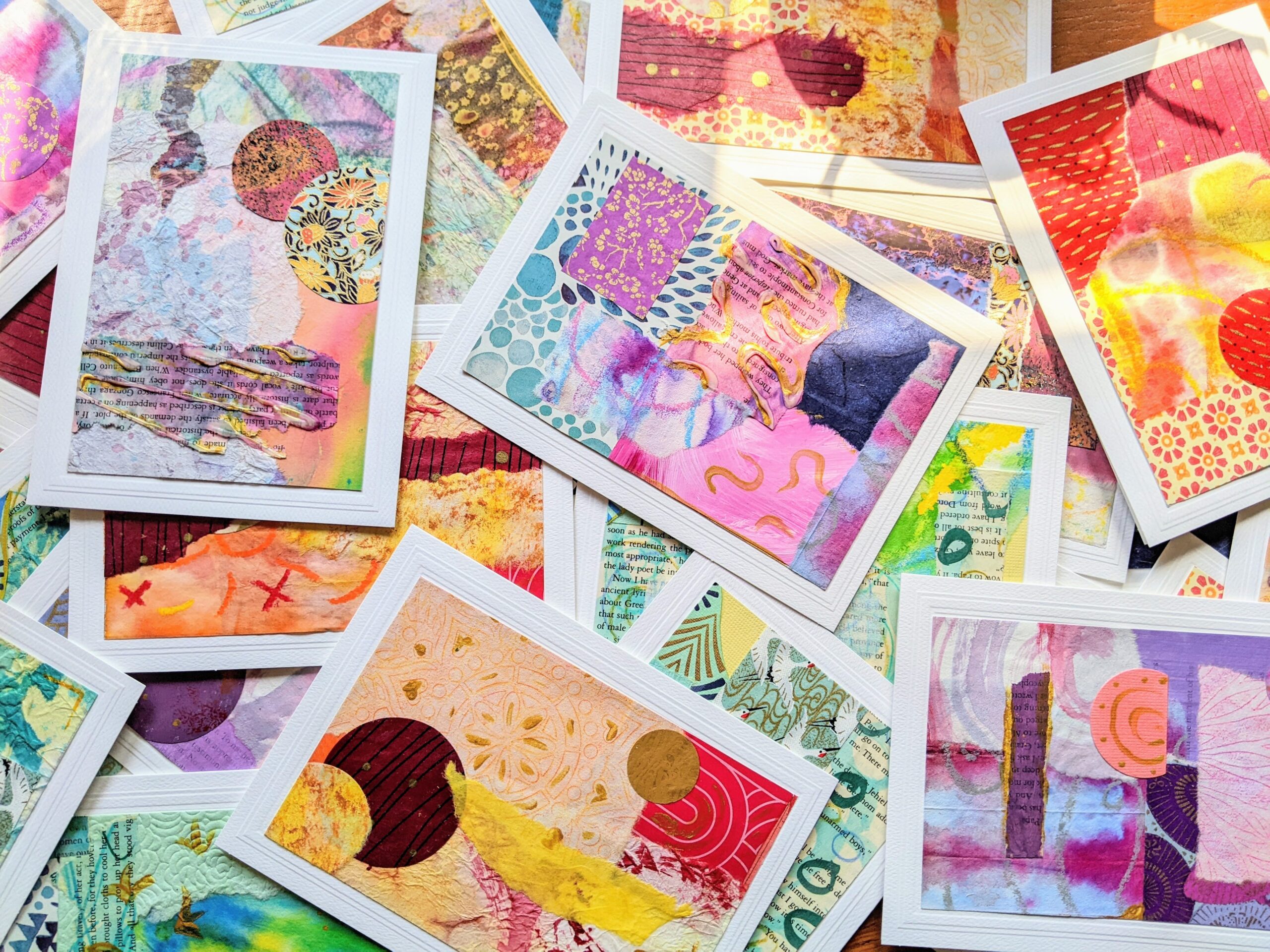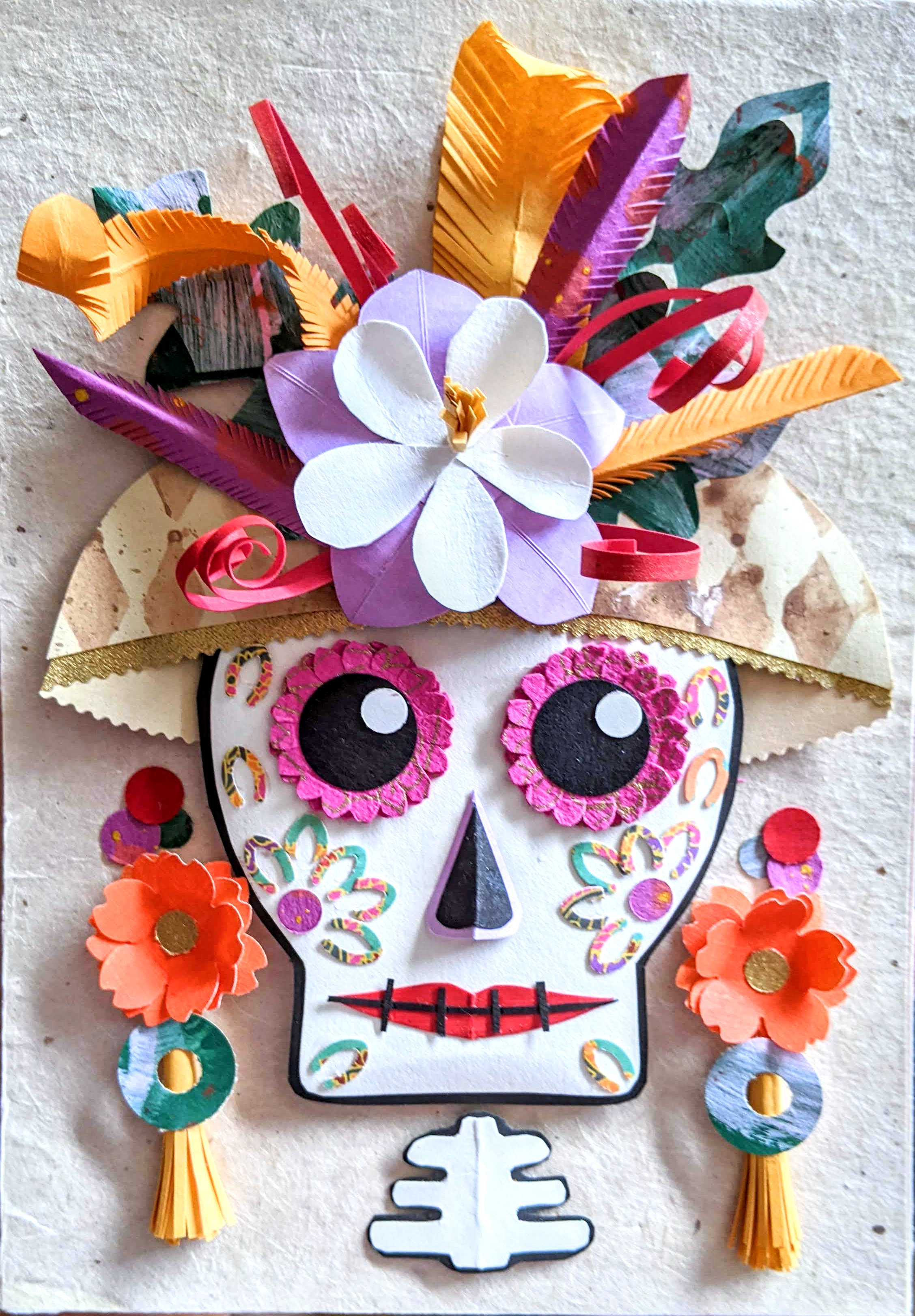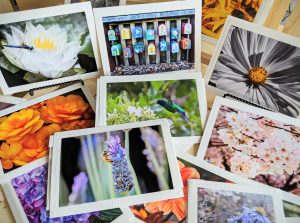The Cyanotype is one of the earliest techniques of photography. It consists of creating a UV light-sensitive solution that, once applied to a surface, will burn into cyan when exposed to the sun. This process allows me to develop striking compositions in blue and white.
The process was invented by Sir John Herschel — allowing him to create the blueprint— and popularized by Anna Atkins, the first person to publish a book containing photographic images.
I first learned about cyanotypes while studying photography, but I never allowed myself to try the technique at the time. Then, in 2021, I spent the summer in Mexico and enrolled in an online botanical photography course, where I heard of cyanotypes again. Being stuck at home because of the COVID-19 pandemic, I took advantage of the beautiful flowers and the sun in my mom’s garden and ordered my first cyanotype kit.
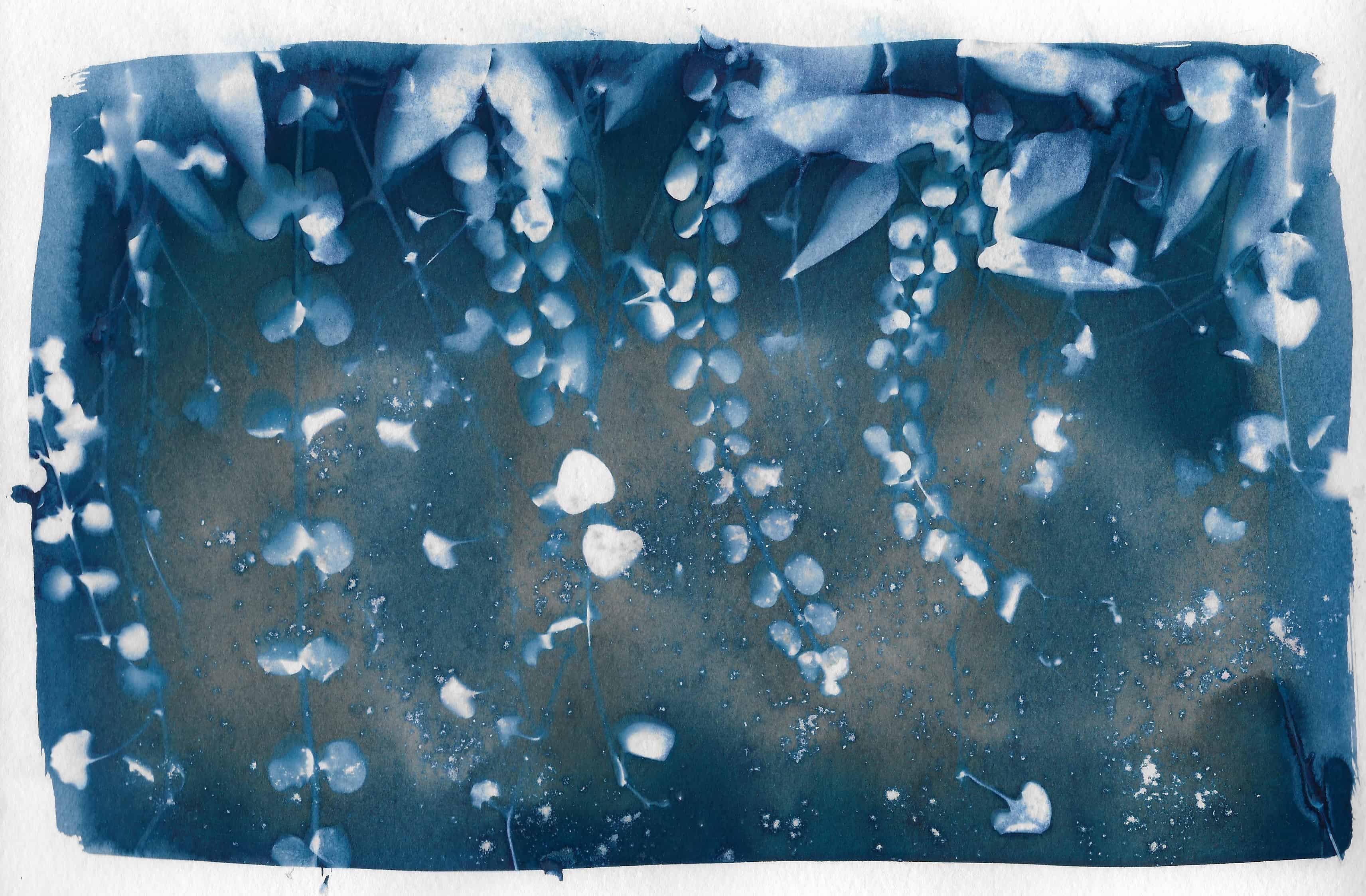
I use leaves and flowers to block the sunlight from reaching the paper. The parts exposed to UV light will burn blue, while the unexposed areas will remain white.
The UV-sensitive solution is achieved by mixing ferric ammonium citrate and potassium ferricyanide. And while I’ve only been applying it on cotton fabric and watercolor paper, it can be used on wood, ceramic, and any porous surface. And, though you can use any object to block the sunlight (causing the unexposed parts to remain white), I love putting leaves and flowers, as it lets me showcase the unique patterns nature creates while learning about the amount of UV light each botanical can block.
I achieve cleaner and contrasting colors by using pressed and dried leaves. However, I prefer to use freshly cut ones, and the water they release adds beautiful textures to the paper.
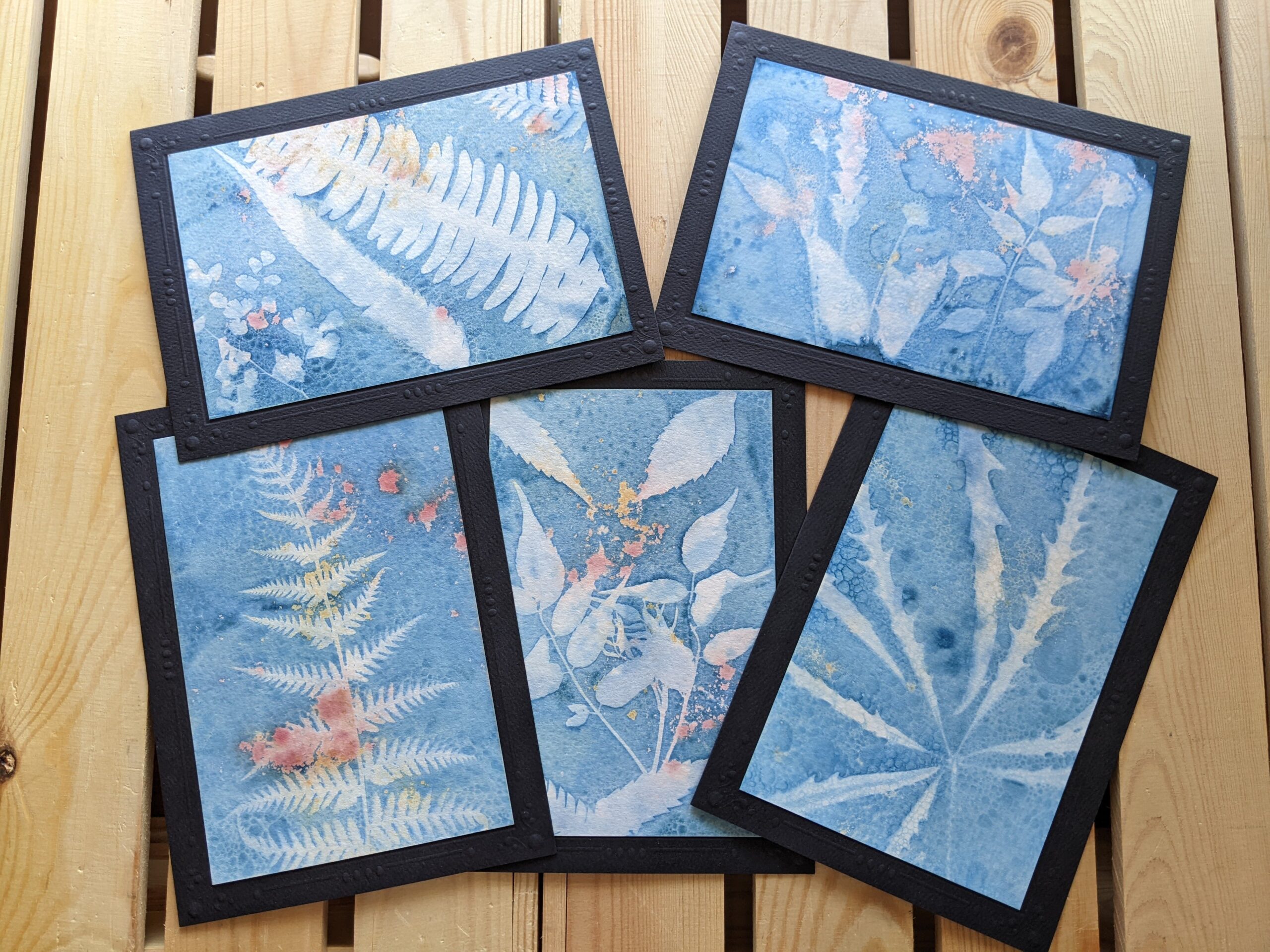
Cyanotypes created with botanicals collected in central Mexico.
Keeping in mind that I’m always doing an experimental process, I add new elements like soapy water, vinegar, paprika, cumin, tea, and wine to create different effects in my work.
So, while the pandemic stopped all my travel projects, it allowed me to discover a more experimental aspect of photography and rediscover my curiosity for the natural world. Now that I’m starting to take more extensive trips away from home again, I always take a small notebook with me to press leaves and flowers I won’t find at home. These botanicals will eventually find their way into my cyanotype work — a new way to record my travels through nature!
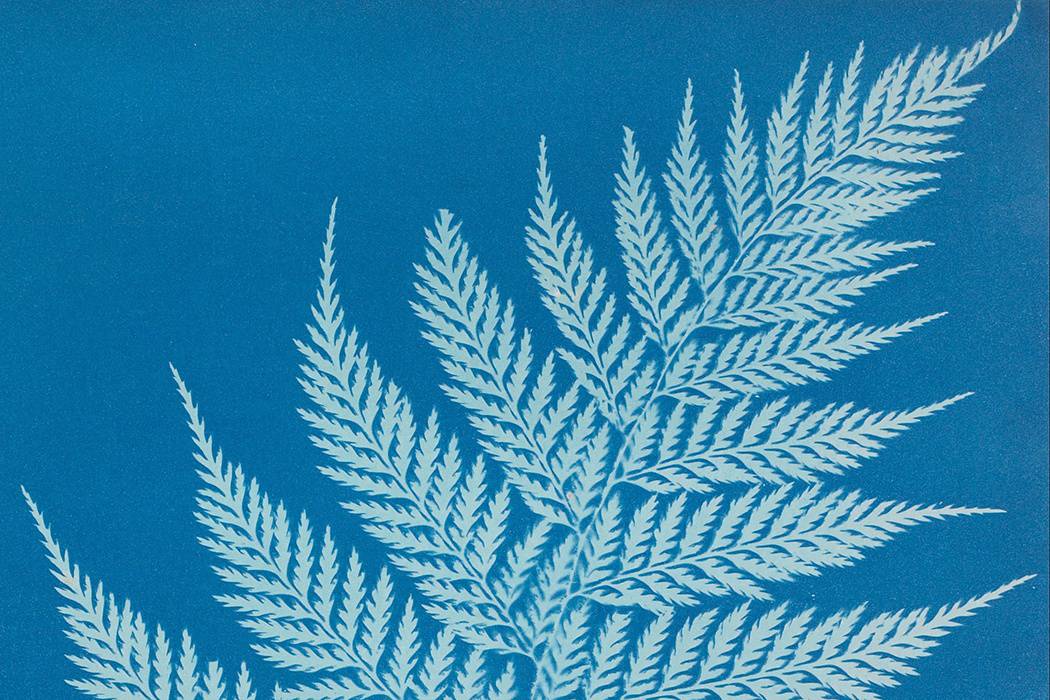
Anna Atkins
Anna Atkins was an English botanist. Considered the first female photographer and a close friend to Sir John Herschel, she used the cyanotype process to create seaweed sun prints, publishing these images in her book British Algae: Cyanotype Impressions — the first book to showcase photographic images. You can learn more about her botanical impressions here.
